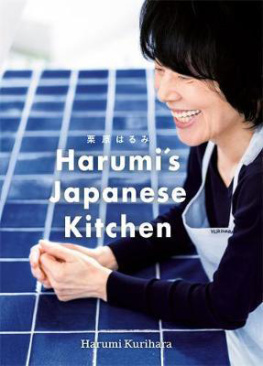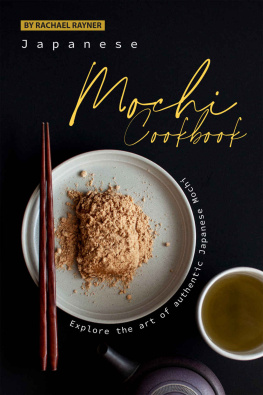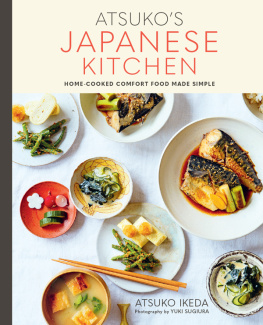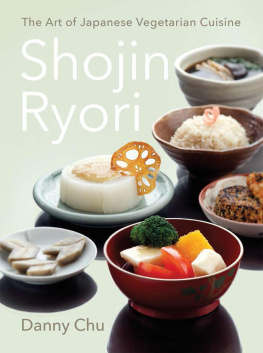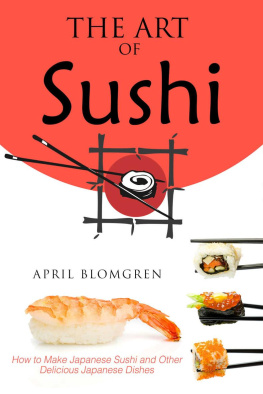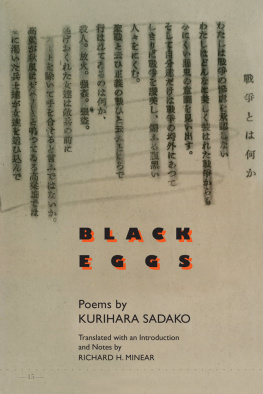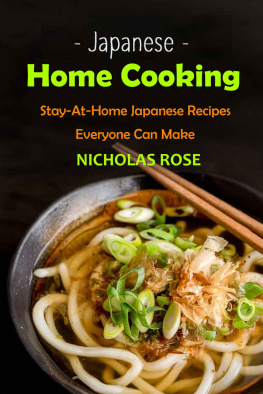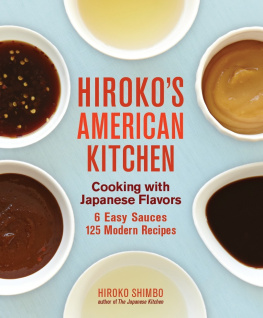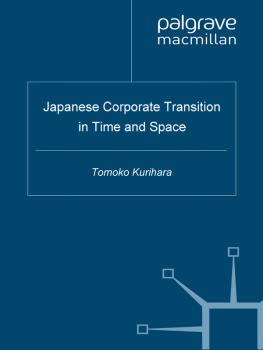Contents
Guide
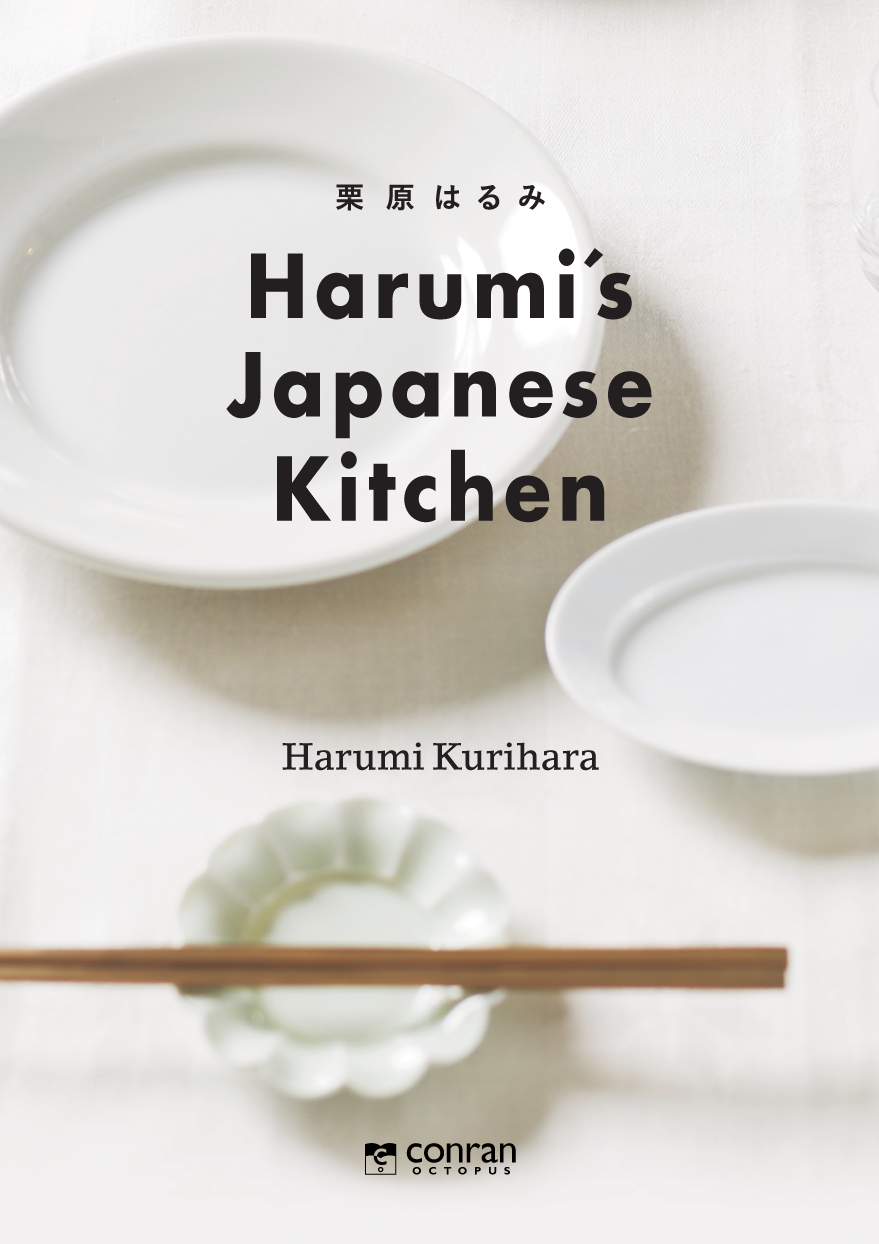

Foreword
English has never been my strong point and I did not think I would ever study English during my lifetime. However, despite my poor English, in April 2007 I appeared on Your Japanese Kitchen, an NHK TV programme broadcast overseas, where I introduced Japanese home cooking. Since then, I have continued to study English with the goal of being able to write my own recipes, and one day express myself, in the English language.
I started teaching cooking twice a year at Kapiolani Community College of the University of Hawaii in 2014. People often say, Japanese cooking is difficult and has so many procedures, or Japanese cooking is very time-consuming. I want to change that image and convey the message that Japanese cooking is fun.
Looking back on my experiences, I have found that English and cooking are, in a sense, very similar. I used to memorise the English phrases I liked to use the most and began to use them in conversation. The same thing can be applied to cooking. Begin by making what you like to eat; you will then gradually become interested in cooking. By cooking for your family and friends or entertaining guests from overseas with your homemade dishes, you can enhance your bonds with other people through food.
The recipes in this book include many of those that I introduced to people outside Japan through the programme Your Japanese Kitchen, and those that were most popular when I taught in Hawaii. I have carefully handpicked the recipes that I particularly want people outside Japan to learn. I have tried to explain Japanese dishes simply, beginning with the basic steps, so that people who have never tried Japanese food will be able to understand them. I have also tried to choose ingredients that are available overseas. And I hope that these recipes will also appeal to Japanese people.
In addition to Japanese dishes, I have introduced Japanese cooking utensils and shared my thoughts on things I cherish in my daily life. I would love this book to give more people an opportunity to try Japanese home cooking.
Harumi Kurihara, May 2020

How to use this book
Cup measurements in this book are 200ml. 1 tablespoon is 15ml and a teaspoon is 5ml. Level measures are used.
Weight measurements are given in grams.
Length measurements are given in cm/mm.
Measurements are abbreviated as follows: tablespoon = tbsp, teaspoon = tsp.
Quantities described as Serves 4 or Serves 2 should be treated as estimations.
In this book, soy sauce refers to regular soy sauce; vinegar refers to white wine vinegar; sugar used is caster sugar; flour refers to plain flour.
Microwave oven times are estimated using a 600W model.
Oven temperatures are provided as Centigrade (C) and Gas Mark. Ovens should always be preheated.
Drop-lids are used when simmering dishes, but if you dont have one you can make your own: tear off a sheet of aluminium kitchen foil and fold the edges to make a circle slightly smaller than the inside of your saucepan or frying pan. Pierce the foil with several holes, then place it on top of the food during cooking.
CONTENTS

HOW TO USE THIS EBOOK
Select one of the chapters from the and you will be taken straight to that chapter.
Look out for linked text (which is in blue) throughout the ebook that you can select to help you navigate between related sections.
You can double tap images and tables to increase their size. To return to the original view, just tap the cross in the top left-hand corner of the screen.


White apron
A white apron is a key item of my work clothing. People tend to avoid wearing white because it can be a challenge to keep it looking white and clean. But this is precisely why I think it is better; it is harder to see stains on a dark-coloured apron. With a white apron, you will need to wash it regularly to keep it free from stains, and this will motivate you to use it with extra care.

